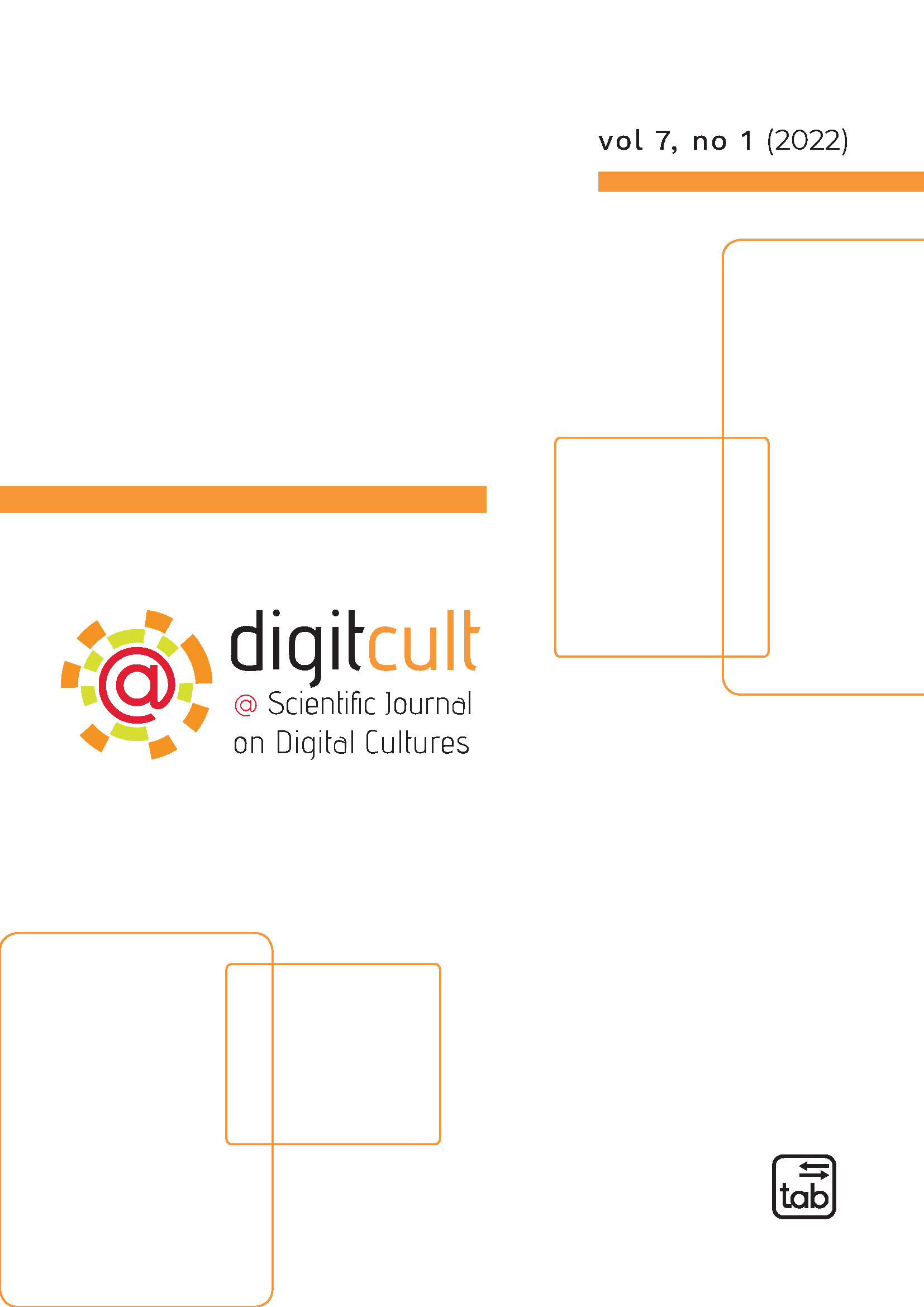Cultural Semiotics for Digital Media
A Methodological Proposal
Abstract
Media always represented a privileged field of study in semiotics, allowing for specific research projects to grow, like Media Semiotics (Eugeni, 2010) or New Media Semiotics (Cosenza, 2014). In this paper, I will firstly give a general description of what we mean with digital media (Ferraro, 2016; Eugeni, 2015; Finocchi, 2014; D’armenio, 2019), and will then try to show how and why integrating the semiotic glance with a cultural analysis of digital media – platforms, technology and social media alike – is necessary. I will argue that digital media can be analysed not only in their textual and experiential dimension, but also as complex translation networks in which subjects co-constitute as such in relation to one another. I will then point out methodological indications for a cultural semiotics (Lorusso, 2010) of digital media, in order to retrace the encyclopaedical dimension that underlie digital text production (Paolucci, 2020). If we move from digital texts to digital discourse, we will be able to find the cultural models (Ferraro, 2014) and codes (Eco, 1975; Fabbri, 1973) in order to enrich the glance with which semiotics approaches media.
This journal provides immediate open access to its content on the principle that making research freely available to the public supports a greater global exchange of knowledge.
DigitCult is open access gold. Articles are published under a Creative Commons Attribution (CC BY-NC 4.0) licence to support maximum dissemination and use.
With the licence CC-BY, authors retain the copyright, allowing anyone to download, reuse, re-print, modify, distribute and/or copy their contribution. The work must be properly attributed to its author.
It is not necessary to ask further permissions both to author or journal board.



